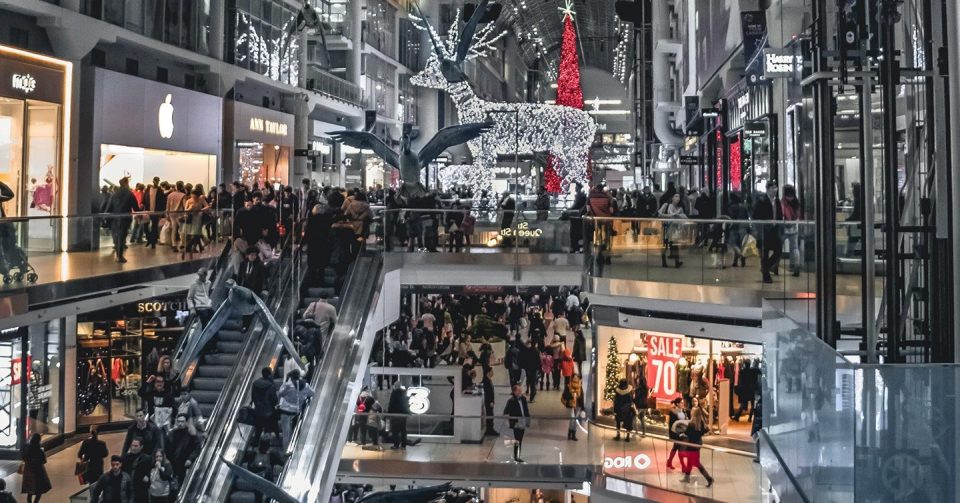By Riad Beladi
In my three decades of working closely with retailers across Europe and the USA, I’ve witnessed a transformation akin to stepping onto another planet. The retail industry, along with shopping habits, has undergone a seismic shift, propelled by technological advancements and changing consumer preferences.
Reflecting on my journey, it’s astounding to see how far we’ve come. When I first entered the retail arena, brick-and-mortar stores reigned supreme, and the concept of online shopping was in its infancy. Consumers would flock to bustling high streets, eager to browse through racks of clothing or explore the latest gadgets in person.
Fast forward to the present day, and the landscape looks vastly different. E-commerce has emerged as a dominant force, reshaping the way we shop and challenging traditional retail paradigms. With the rise of giants like Amazon and Alibaba, consumers now have access to an unparalleled selection of products at the click of a button, transforming shopping from a chore into a convenient and immersive experience.
But it’s not just the rise of online shopping that has revolutionised the retail industry. The proliferation of mobile devices has empowered consumers to shop anytime, anywhere, blurring the lines between online and offline channels. Whether it’s browsing social media for fashion inspiration or using mobile apps to make purchases on the go, today’s shoppers expect seamless integration across multiple touchpoints.
Furthermore, the advent of big data and analytics has ushered in a new era of hyper-personalisation, where retailers can tailor their offerings to suit the unique preferences and needs of individual customers. By harnessing the power of data, retailers can anticipate trends, forecast demand, and deliver targeted marketing messages that resonate with their audience on a profound level.
In addition to technological advancements, changing consumer attitudes have also played a significant role in shaping the retail landscape. Millennials and Gen Z consumers, in particular, are prioritising experiences over material possessions, driving demand for immersive shopping experiences and socially conscious brands.
As a result, retailers are embracing innovation at every turn, from integrating virtual reality (VR) and augmented reality (AR) into the shopping experience to championing sustainability and ethical practices throughout their supply chains. The result is a retail landscape that is dynamic, diverse, and constantly evolving to meet the ever-changing needs of today’s discerning consumers.
Looking ahead, the future of retail holds boundless possibilities. As technology continues to advance and consumer expectations evolve, retailers must remain agile and adaptable, embracing change as an opportunity rather than a threat. By staying attuned to emerging trends, fostering creativity, and putting the customer at the centre of everything they do, retailers can thrive in this brave new world of commerce.
In conclusion, the retail industry has undergone a remarkable transformation over the past three decades, propelled by technological innovation and shifting consumer preferences. From the rise of e-commerce to the advent of personalised shopping experiences, the retail landscape has evolved at a breathtaking pace, reshaping the way we shop and interact with brands. As we look to the future, one thing is certain: the retail renaissance is far from over, and the most exciting chapters are yet to be written.



